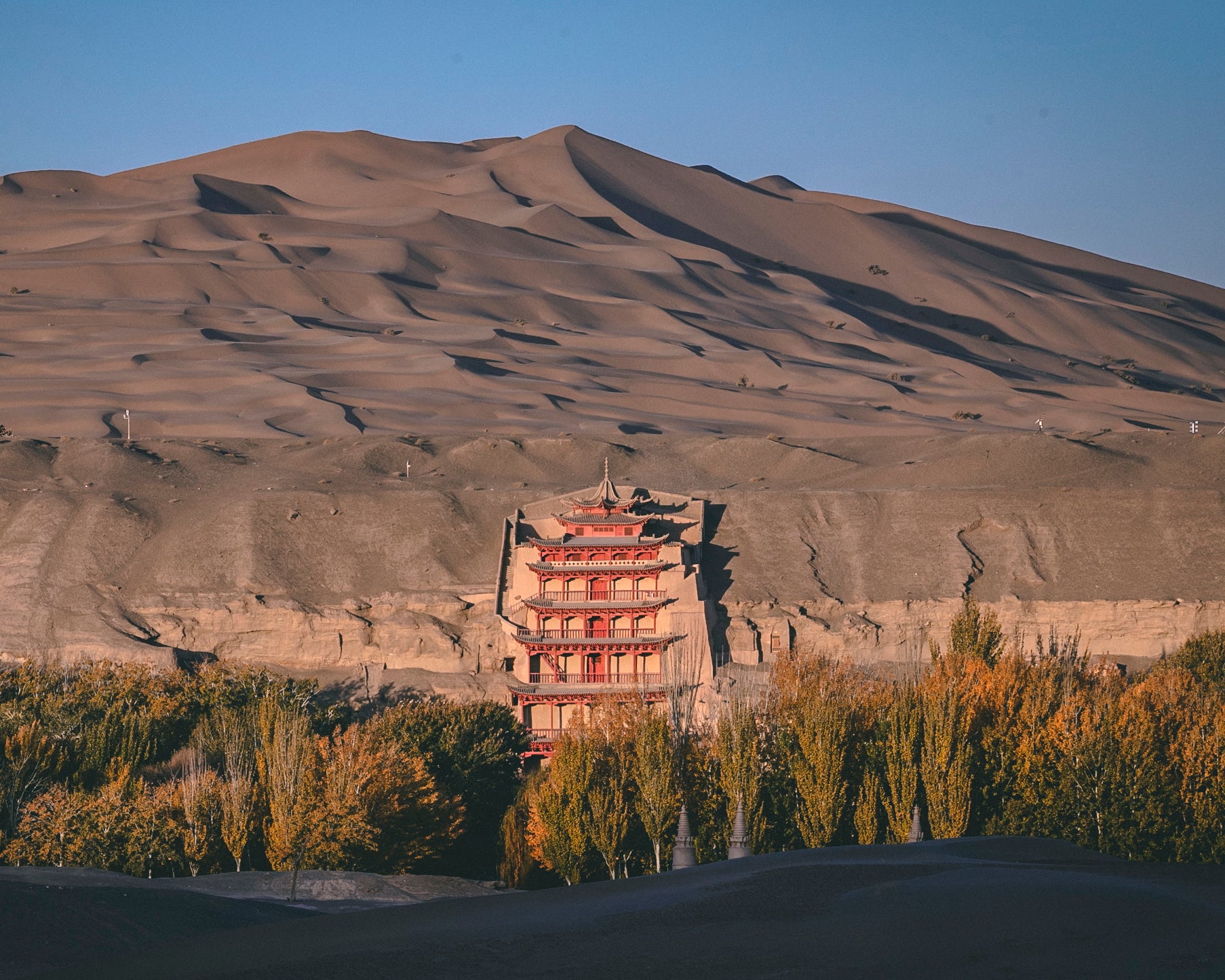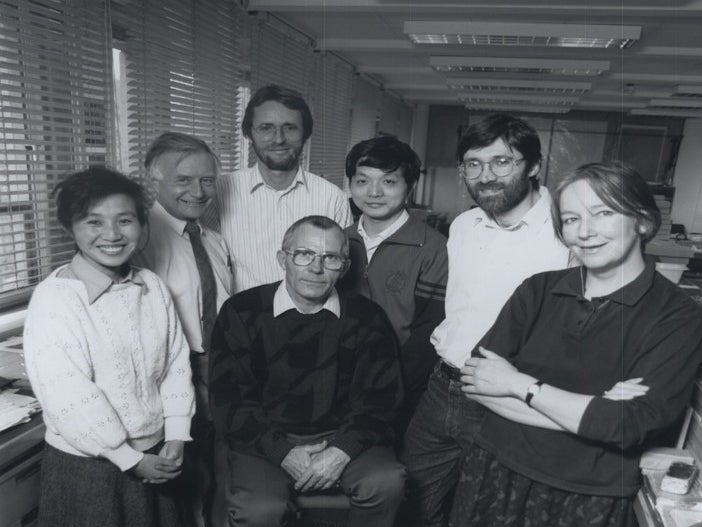Love affair with China endures after four decades
THE ARTICLES ON THESE PAGES ARE PRODUCED BY CHINA DAILY, WHICH TAKES SOLE RESPONSIBILITY FOR THE CONTENTS

For 40 years, Frances Wood’s working life has revolved around Chinese books. She has read books, looked after books, and written books about China.
Walking through the house of the former head of Chinese collections at the British Library in North London, enveloped by the wavering shadow of bamboo plants, you can see pieces about China, including her writings, piled in every corner.
Among the rich work, her pieces on ancient China right through to today abound, covering topics such as Qin Shihuang, the first emperor, who unified China in 221 BC; the Forbidden City; China in the First World War, or even tourism in China – her interests are so varied.
For more than 30 of the 40 years of her work, Wood’s major focus as head of Chinese collections at the British Library has been consistent. She handled manuscripts which were brought back by Aurel Stein after the Hungarian-British archeologist’s second Central Asia expedition, which included the Mogao Caves in Northwest China.
She has witnessed the eventful life of the Dunhuang relics in London; seen how the Chinese treasures were treated inappropriately at first, though with the best of intentions. And then, how their restoration was carried on through the tireless efforts of conservators. And she has seen how more than 14,000 items were eventually added to the collection in beautiful condition.
When Stein arrived at the Mogao Caves in 1907, the old manuscripts were of particular interest to him, and he persuaded Wang Yuanlu, a self-appointed caretaker of the Buddhist caves to make a deal. The deal triggered a race among treasure hunters, which led to the dispersal of the Dunhuang antiquities all over the world, including to London.

Wood encountered the valuables that ended up in London during her first year at the British Library, where some 7,000 complete manuscripts and 6,000 fragments were piled up in a row of dark blue boxes.
After she spent an entire summer cataloging the pieces, it became immediately apparent that something should be done to protect the crumbled paper. By the time Wood was in charge, she had begun looking for money and help with the work.
One of her top priorities had been to bring over Chinese conservators, but back in the late 1970s, the library was not used to sourcing outside support.
“I have great admiration for the people who came. You just realised how strongly they felt about Dunhuang and how fascinating the corpus of material is,” she said.
The conservation of the Dunhuang scrolls has been a long and winding journey. One of the most obvious projects was to restore the Diamond Sutra to as close as possible to its original condition.
“It was in pretty poor condition by the time I saw it,” Wood recalled.
On the frontispiece, a severe water stain could be seen running along the sheet, the edges of which were cracked. But the back of the copy was even more troublesome. Conservators used to keep lining the fragile sutra as if it were a precious painting that should be treated with respect.
However, that inadvertently created a problem; the layer-upon-layer backings created vertical creasing and only worsened the condition. Wood’s then colleague Mark Barnard spent years removing up to seven backings.
The hard work paid off and after the removal of the linings, infilling and realignment work followed. The Dimond Sutra can now be seen the way it was intended.
In 1994, led by Wood, The International Dunhuang Project: The Silk Road Online was set up, with the aim of making information and images of the Dunhuang relics available online for all.
To date, 22 institutions in 12 countries, including China, the UK, Russia, France and Germany are involved in the project, with more than 584,000 images having been uploaded to the IDP database as of 1 September.
